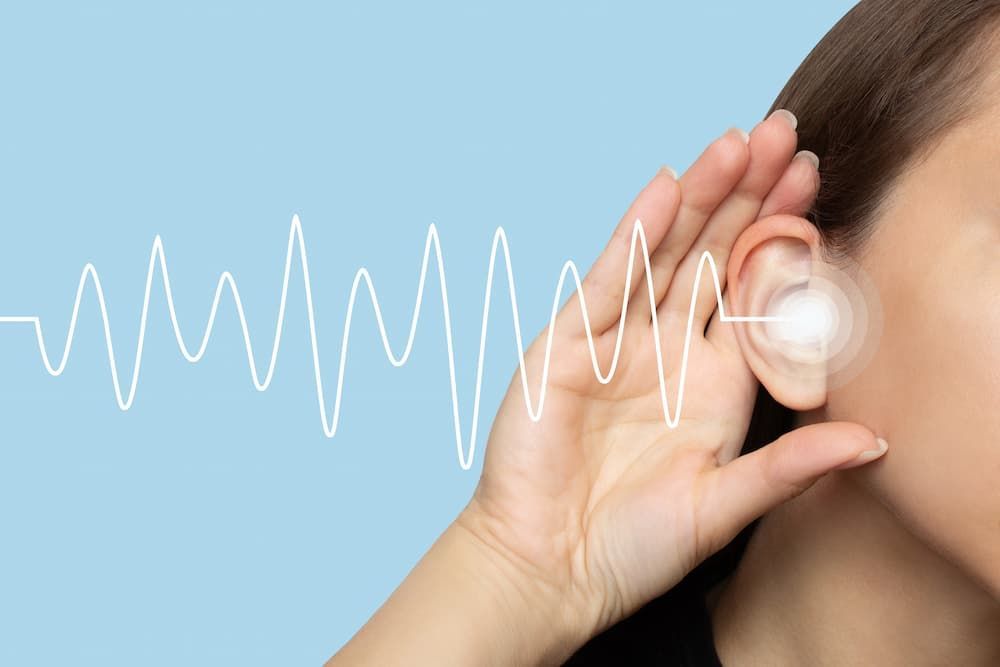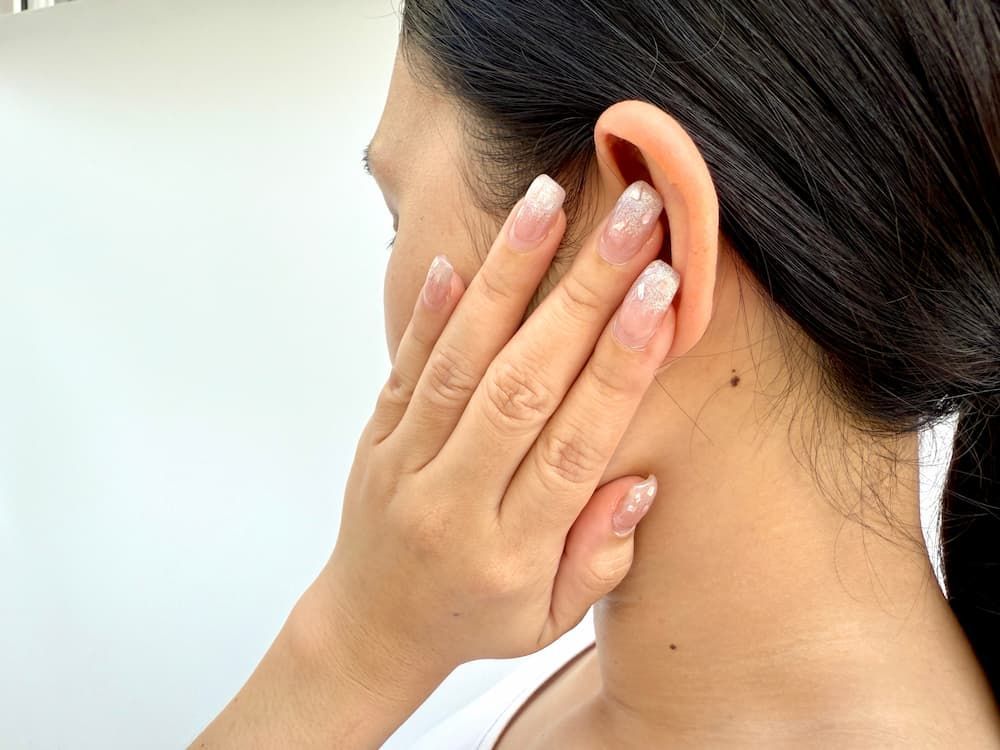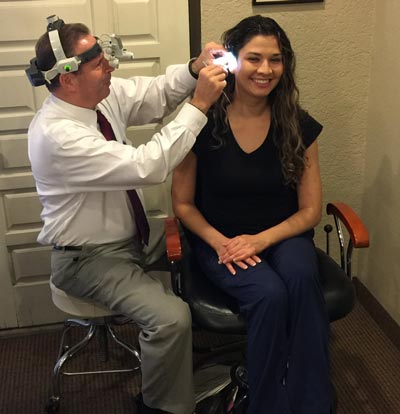Did you know that not ALL middle ear fluid has to be treated with antibiotics? Check out our latest blog that breaks down 3 common myths associated with ear infections!

3 Myths Your Parents Told You About Middle Ear Infections
As audiologists, we are trained to find and identify problems in the middle ear and counsel patients on treating their specific hearing problems. During this time of the year, we often encounter patients with misconceptions about ear function and infection treatments. Believing these myths, some patients blame the wrong culprit for their ear trouble or turn to the wrong remedies. Today’s article seeks to examine and debunk these all-too-common myths!
Ear Anatomy
Before we debunk the most common myths about ear function, we’ll briefly explain the anatomy of the middle ear and ear drum. Most people do not understand that the ear canal is shaped like a cylinder with one end closed and one end open. A normal eustachian tube (the passageway connecting your throat to your middle ear) is a two way valve. It opens to equalize pressure and then closes when resting. When someone is experiencing fluid trapped in their middle ear, the flow inside the eustachian tube has malfunctioned or become obstructed, yikes!
3 Myths About Middle Ear Infections
- Myth 1: Fluid in the middle ear must always be treated with antibiotics. Antibiotics are prescribed only when there is an active infection in the portion of the middle ear behind the eardrum. Most often, the fluid will drain out and into the back of your throat within 6 weeks without intervention. Sometimes, however, your eustachian tube will not open properly, trapping fluid inside. Even in this case, the middle ear does not always become infected. Some children and adults have consistent middle ear fluid that never results in pain. Their only complaint is that their ear feels "full" with a slight reduction in hearing.
- Myth 2: Swimming can cause a middle ear infection. External liquids cannot enter the middle ear space. Whenever you have an infection of the ear after swimming, your infection is usually bacterial and is in the outer ear. Only fluid already inside the body can enter the middle ears. For instance, when a baby drinks a bottle while laying on his/her back, the liquid can wash bacteria from the throat right into the eustachian tube and middle ear space.
- Myth 3: If you lay on the side of an infected or "full" ear at night, the fluid will drain onto your pillow. Absolutely not! Lying on the side of your infected ear will actually worsen your pain! Even middle ear fluid that is not infected can cause mild pain when slept on because sleeping on that side puts pressure on the ear drum. If one middle ear contains fluid, we suggest lying on the good ear. This way, the fluid does not put pressure on the eardrum and has a higher likelihood of draining down the eustachian tube and into your throat.
Uninfected fluid in the middle ear typically causes only mild hearing loss with slight pain, if any. However, if your hearing is noticeably decreased don’t hesitate to call us. We will evaluate your middle ear and, if needed, make the proper referrals.
Sources:
https://www.osmosis.org/notes/Ear_pathology
https://www.nightlitepediatrics.com/truth-ear-infections-6-common-myths-every parent-know
https://familydoctor.org/condition/otitis-media-with-effusion/
https://my.clevelandclinic.org/health/diseases/17929-airplane-ear
https://familydoctor.org/condition/eustachian-tube-dysfunction/

The body content of your post goes here. To edit this text, click on it and delete this default text and start typing your own or paste your own from a different source.











